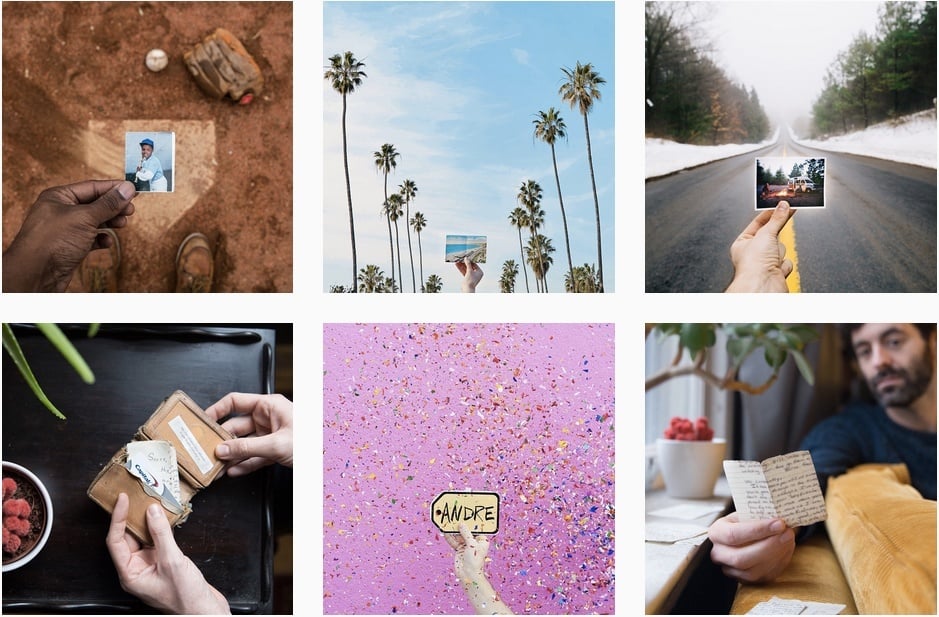With a new API and totally operational advert business, marketers have excitedly been testing several types of advertising opportunities on Instagram. As of June 2015, Adweek reported that Instagram’s commitment to content material high quality and millennial viewers have attracted more than 475 ad campaigns with brands such as The Gap, Michael Kors, and Taco Bell.
As a channel excellent fit for highly visual brands in the food, beverage, retail, and travel spaces, how can other industries maximize advertising opportunities on Instagram? An awesome example comes from Capital One, which recently credited Instagram for growing its ad recall by 16 %.
How did they adapt the brand to Instagram like this?
A Compelling Campaign
In partnership with its company T3, Capital One decided to activate its popular, “What’s In Your Wallet?” marketing campaign on Instagram. The “What’s In Your Wallet?” marketing campaign was originally launched in 2000 (ten years before Instagram’s debut!) to generate client awareness for Capital One, and its success has been credited with helping the company to become a household name, with close to universal awareness levels (99%) within three years of its launch.
The strategy and popularity of the “What’s In Your Wallet?” marketing campaign offered a strong foundation for the Instagram advert marketing campaign across creative strategy, influencer activation, and user-generated content.
Strategic Influencer Partnerships
Instead of just creating their own ads, Capital One took a unique strategy by partnering with three popular Instagram influencers to adapt the brand to Instagram: Zach Rose, Kimberly Genevieve, and Paul Octavious. For 5 weeks, this trio created content material for Capital One’s Instagram account (@CapitalOne), permitting the company and its followers to see #walletstories come to life through different views and visuals. Of the content material created, Capital One turned 9 of the pictures into Instagram ads.
Given that Instagram encourages firms to craft high-quality, engaging advertisements, partnering with customers known for superb pictures provided a strategic opportunity for Capital One to curate stunning visuals to provide their marketing campaign to launch a boost.
Power Duo: Visual Storytelling and Advertising
There’s an art to promoting on Instagram, and visual storytelling provides a strong strategy to make advertising content more memorable that will adapt the brand to Instagram. Look closer at each of the #walletstories shared, and it’s delightful to uncover the combination of random and valued personal treasures—and the stories behind why people maintain these items in their wallets.
From old love letters to family pictures (and a game show contestant nametag), it’s clear that the most effective stories are relatable, deeply personal, and come to life with the help of a stunning visual. The end outcome is very different from the “What’s In Your Wallet?” campaign—in a great way.
Learn from Your Successes to adapt the brand to Instagram
In Adweek, Capital One reported that the photos increased the company’s ad recall by 16 % among both Gen X-ers and Baby Boomers. In a unique twist, ad recall increased by 25 % for individuals ages 45 and older, one thing the corporate attributes into familiarity with the Capital One model. For millennials, Capital One model favorability elevated by three %.
Following this marketing campaign, Capital One incorporated this data into programs with Uber and a user-generated contest known as #MyRewardDay. Customers across multiple social media channels were requested to submit images of themselves on vacation with #MyRewardDay and #Contest by August 16, 2015, for an opportunity to win $10,000 toward their next adventure.
Could this style of the marketing campaign be expanded to include more user-generated content material? Or might it be re-imagined through short-form video, adding in the very personal elements of sound and an individual’s voice? We’ll see what Capital One does next.


